It's not too late to plant grass seed in September – lawn experts reveal this is the ideal time to sow some grasses
September is not too late to sow, providing you have time for the grass to establish before the frosts arrive
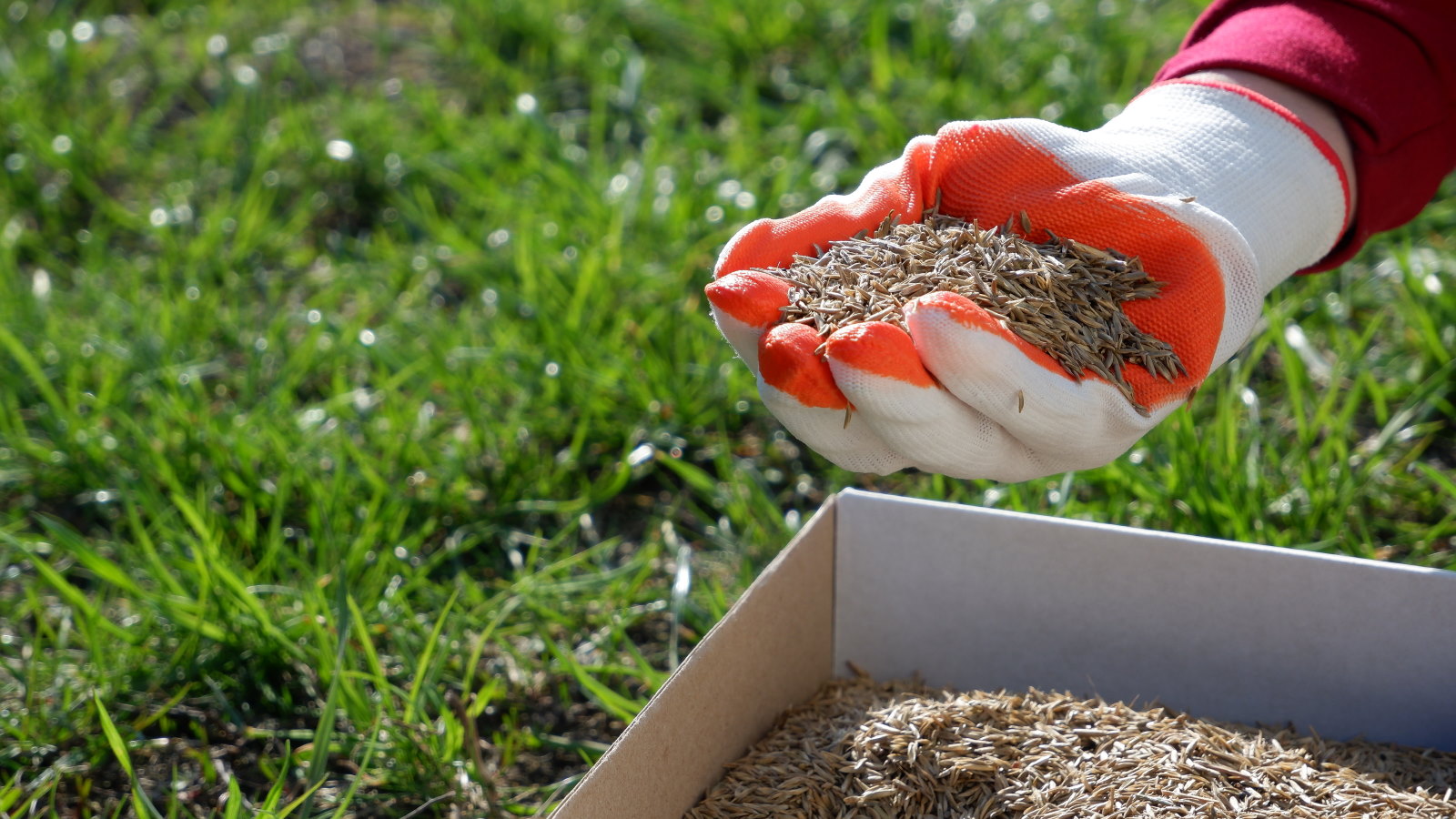

A lawn may need a little bit of TLC after a busy summer of use. The hot and dry weather can see grass endure a lot of footfall, from family activities to garden parties, so planting grass seed in early fall can be pivotal to fixing any bare patches or weak grass and having a lush lawn next year.
If you are starting a new lawn from seed or overseeding a few bare patches, getting the timing right is crucial to have a high level of germination and ensure new grass has sufficient time to grow strongly before the cold and frosts arrive.
Lawn care should extend into the fall season and a well-rounded fall lawn care regime needs to involve mowing, feeding, aerating, dethatching, and seeding your grass to keep it healthy. The window to sow, and complete other tasks, will vary depending on your climate - so is September a great time to plant grass seed?
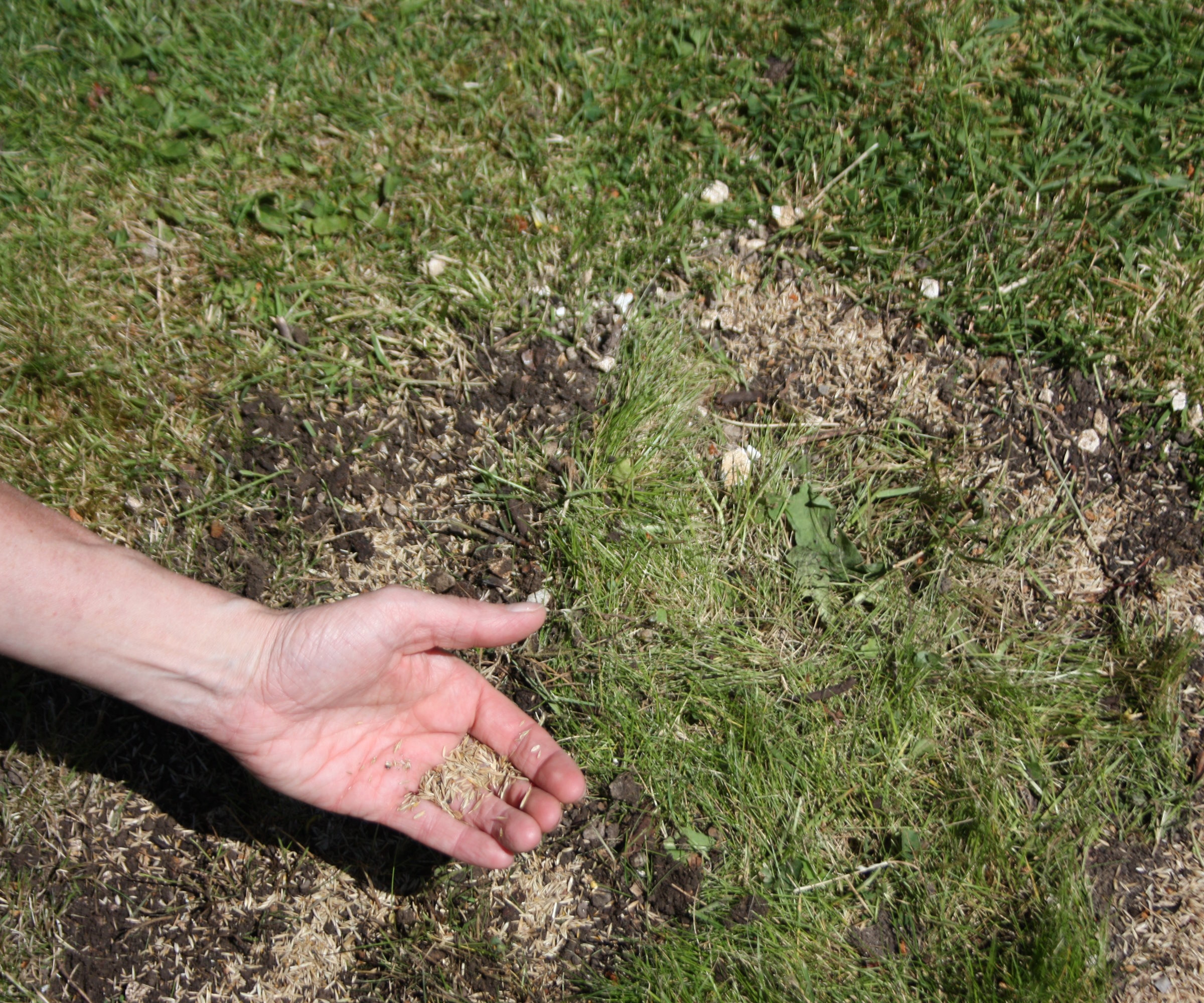
It's not too late to plant grass seed in September to repair bare patches in a lawn
Is September a good time to plant grass seed?
If you wonder if grass seed will grow in September, the good news is that the month is an ideal time to sow grass seed. We hear from lawn care experts why September is a great month to sow and reveal the best types of grass to sow this month.
Why you should sow grass seed in September
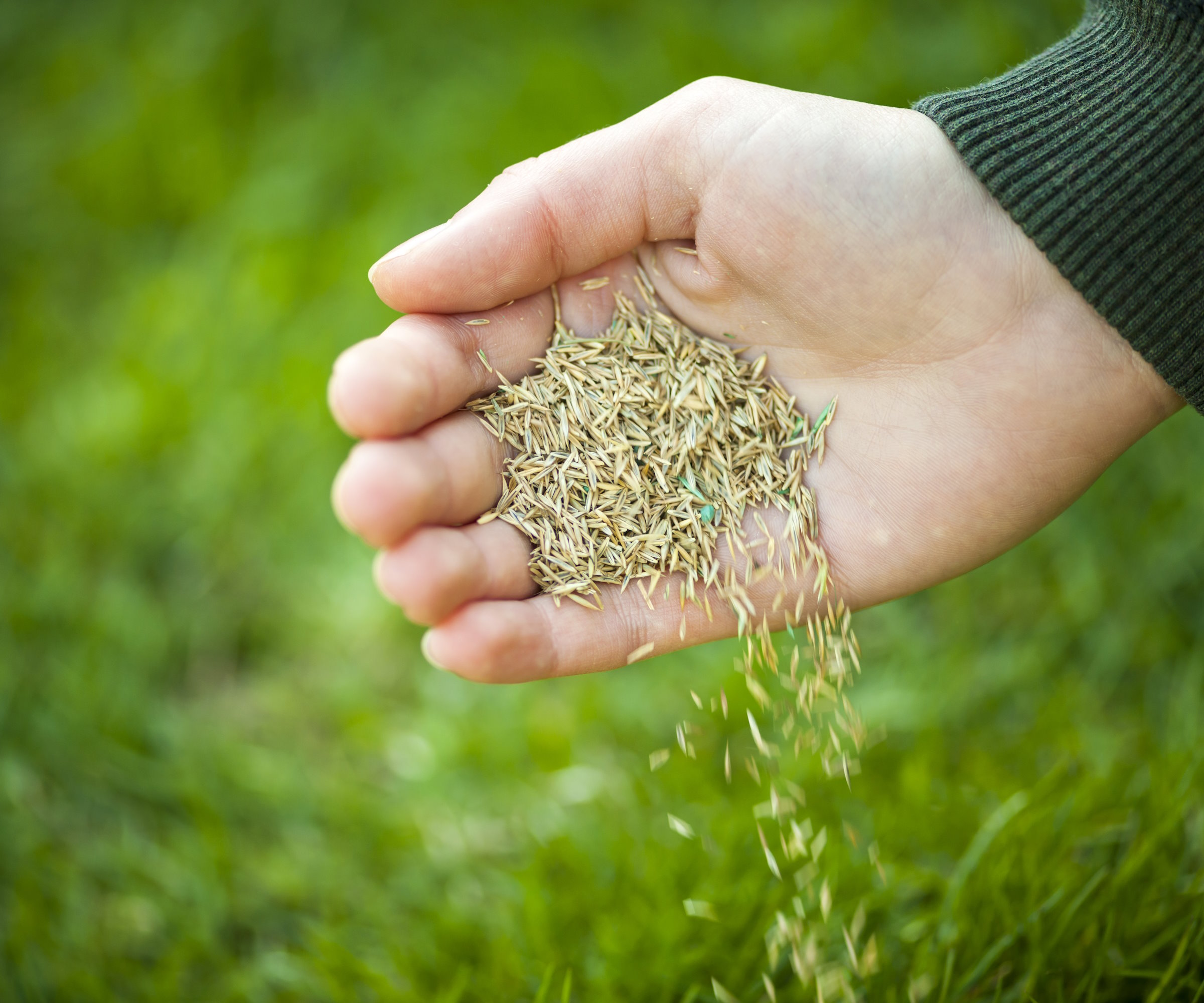
Plant grass seed in September into warm and moist soil
When you plant grass seeds in the fall, the seeds will germinate quickly as the soil is warm and the weather mild. The high temperatures of summer are in the rearview mirror, so, once germinated, young grass seedlings won’t struggle with heat stress and can revel in the ample rainfall in fall.
‘The mild climate between September and November allows for super speedy germination,’ says Chrissie Handley, a lawn care specialist with Online Turf. ‘The moderate rainfall and humid temperatures are perfect conditions for seeds to germinate quickly and you can expect to see results much quicker than you would if laying in any other time of year. In fall, seeds can germinate in as little as 5-7 days, and no later than 21 days after planting.’
The increased rainfall common in September will mean you have to spend less time watering the lawn after sowing the grass seed. Depending on your location, the grass seed will start to grow and have ample time to get a good start and put down strong roots before the colder weather arrives.
However, growers in colder US hardiness zones may have a smaller window in September to plant grass seed. The exact window to sow in fall will be specific in certain regions, from early fall to mid-to-late fall. ‘As long as you have at least a month until the first hard frost in your area, it's not too late to plant grass seed in September,’ advises Ryan Farley, the CEO of LawnStarter. Grass seeds can grow after a frost, but seedlings without strong roots will not survive.
Daily temperatures between 60-75°F and soil temperatures of 50-65°F are ideal for planting grass seed in September - you can check using a soil thermometer, available at Amazon. You can plant grass seeds after light rain, however, refrain from sowing before or after heavy rainfall as it can cause the seeds to drift.

Chrissie Handley is Lawn Care Specialist providing tailored advice on laying, maintenance and general lawn care for Online Turf.
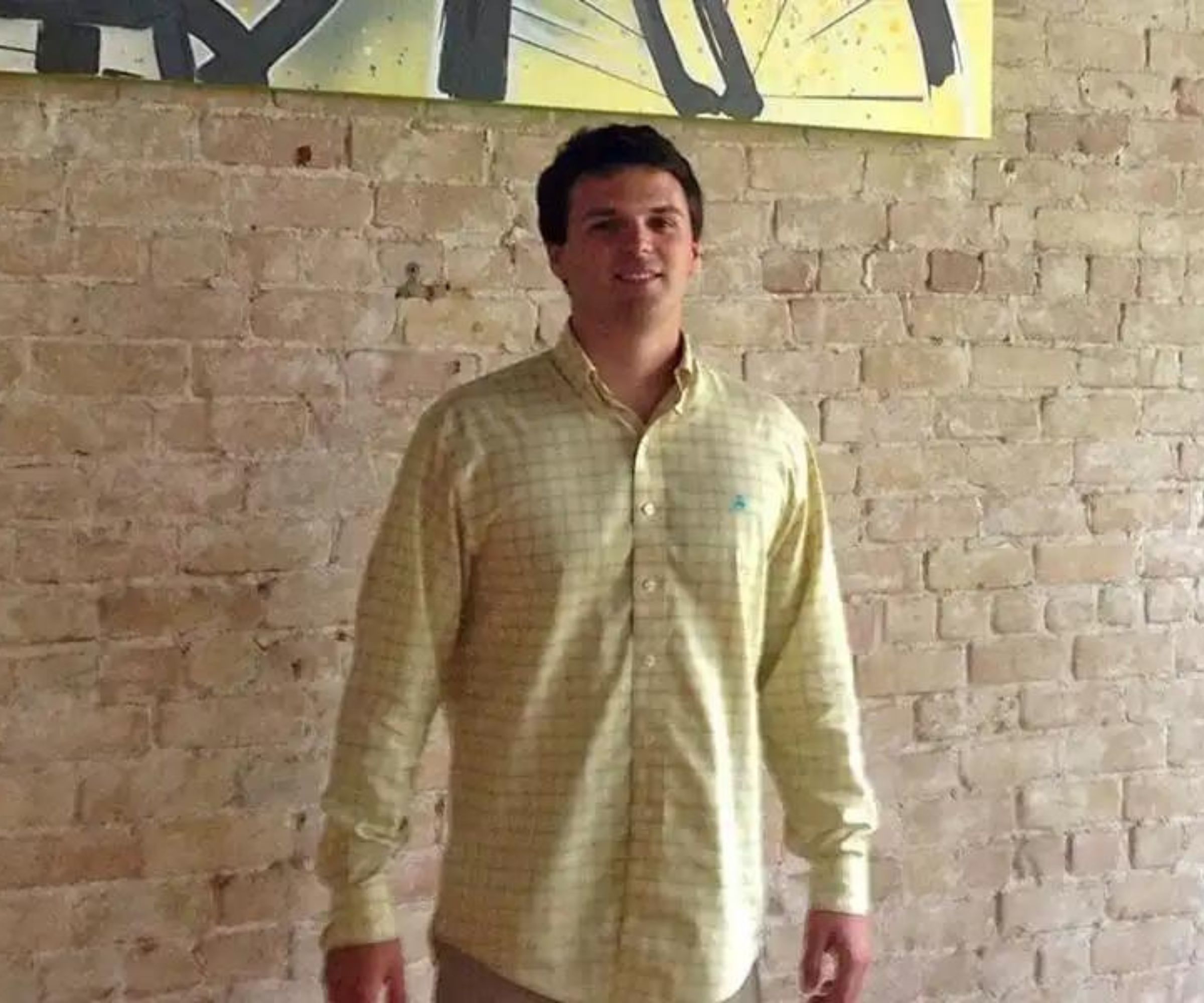
Ryan Farley is the CEO of LawnStarter, a lawn care service founded in 2013 and based in Austin, Texas.
The best grass for seeding a lawn in September
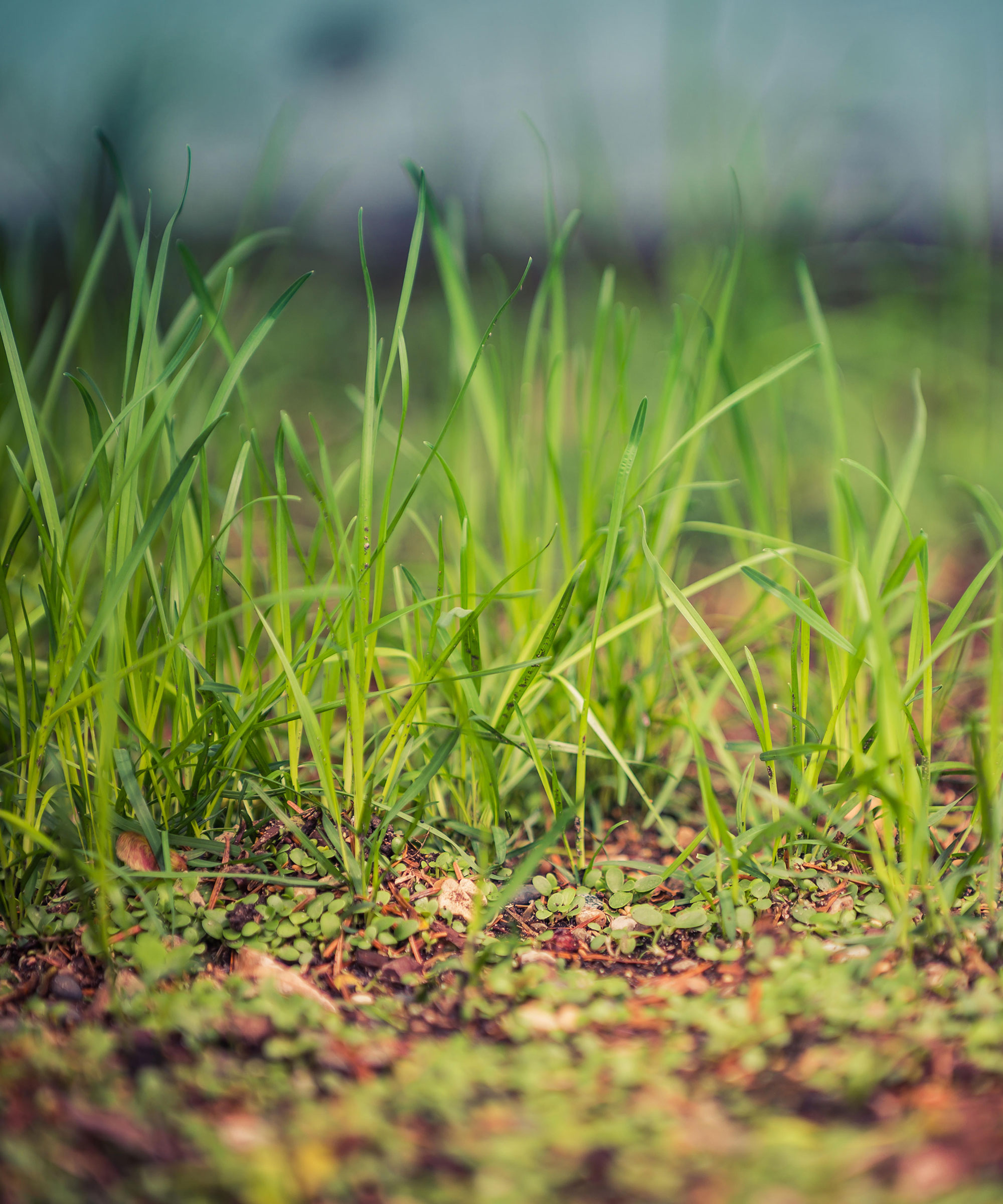
The seeds will germinate quickly when you plant grass seed in September
Whether you are sowing grass seed to start a green and thick lawn from scratch, or overseeding your lawn to repair patches in the grass, choosing the right type of grass is important when sowing in September. Pick the wrong type to sow this month and you will suffer with grass seeds not germinating, or struggling if the seeds do germinate.
September is ideal for sowing cool-season varieties of grass, including common backyard grasses such as Kentucky bluegrasses, ryegrasses and fescues.
‘The general rule of thumb is that you want to plant cool-season grass seed at least 45 days before the first frost in your area. In many locations, that means early fall, so September is often the best time,’ says Jeremy Yamaguchi, the CEO of Lawn Love.
‘If you live in an area where warm-season grasses are better equipped for the climate, however, you don’t want to plant those seeds in September. Warm-season grass seeds are best when planted in the late spring to early summer.’
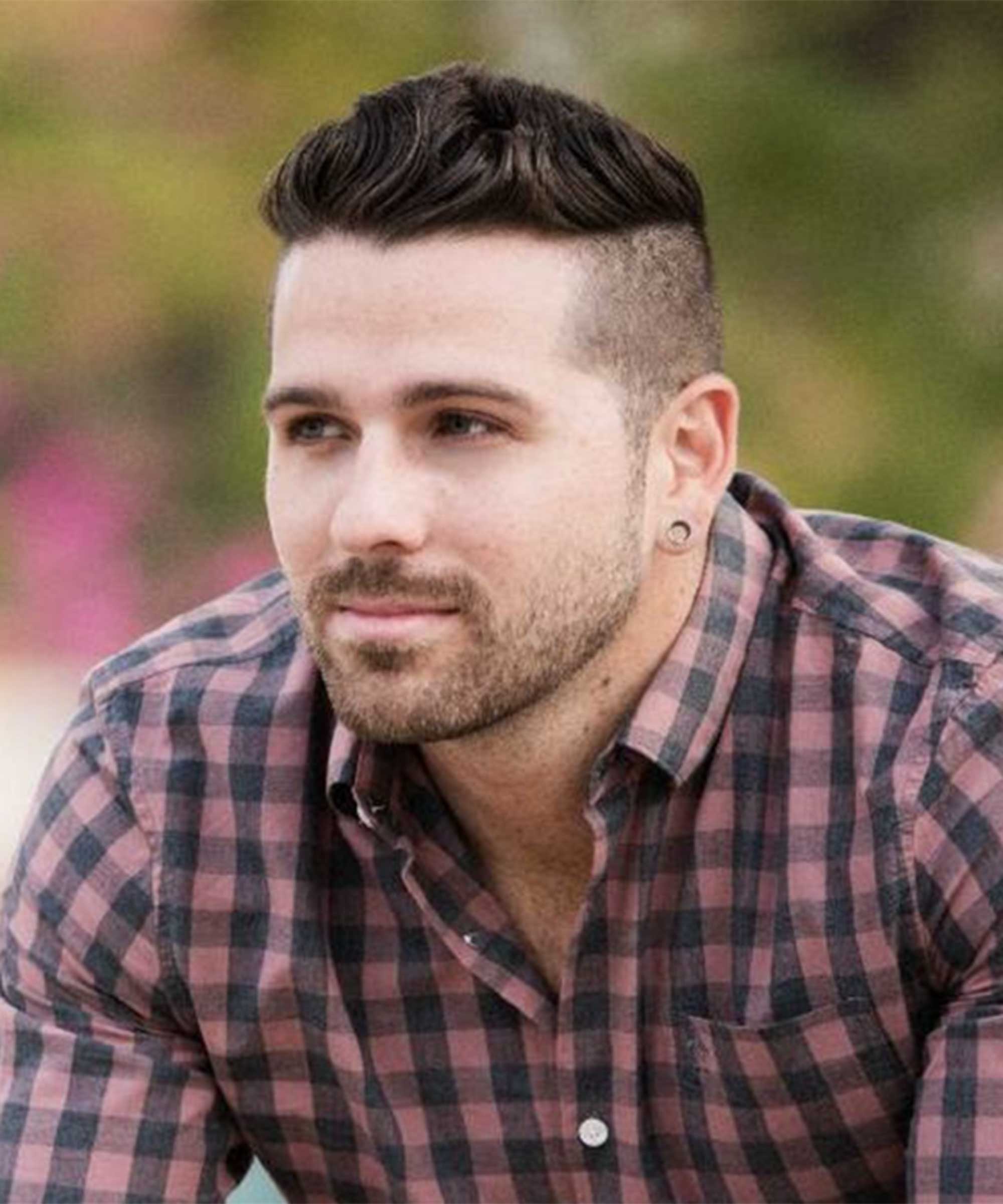
As the CEO of Lawn Love, Jeremy Yamaguchi helps homeowners find quality, reliable lawn care. Specializing in technology and using industry experience, he intends to revolutionize the lawn care industry.

Kentucky Bluegrass Mix is designed for full sun and light shade and can be used to seed a new lawn or overseed an existing lawn. For best results, apply in the spring or fall when daily average soil temperatures are consistently between 55°F and 70°F or air temperatures are between 60°F and 80°F.
FAQs
How long does grass seed take to germinate in September?
Grass seeds should germinate quickly in September and often take 7-10 days to germinate in the early fall conditions. It may be worth putting in precautionary measures to stop birds from eating grass seed after sowing, such as covering the area with breathable fabric or bird netting or hanging reflective objects as deterrents.
Can you lay grass in September?
Early fall is an ideal time to lay turf in a backyard, thanks to mild weather, moist soil, and regular rainfall. Newly laid turf will have less chance of drying out in September temperatures but does need 4-6 weeks to develop a good root system before the first frosts.
Aerating a lawn is a recommended fall task and a great lawn care job to do ahead of planting grass seed. Aeration can be done easily with a garden fork and aerating before seeding helps create an ideal environment for grass seeds to establish quickly and build a strong root system.
Sign up to the Homes & Gardens newsletter
Design expertise in your inbox – from inspiring decorating ideas and beautiful celebrity homes to practical gardening advice and shopping round-ups.

Drew’s passion for gardening started with growing vegetables and salad in raised beds in a small urban terrace garden. He has worked as a professional gardener in historic gardens and specialises in growing vegetables, fruit, herbs, and cut flowers as a kitchen gardener. That passion for growing extends to being an allotmenteer, garden blogger, and producing how-to gardening guides for websites. Drew was shortlisted for the New Talent of the Year award at the 2023 Garden Media Guild Awards.
-
 Anna Kendrick's favorite coffee maker is the first machine to make iced beverages that are 'just as cold as a coffee shop' – it's currently under $200
Anna Kendrick's favorite coffee maker is the first machine to make iced beverages that are 'just as cold as a coffee shop' – it's currently under $200The actress uses this smart machine to make perfect mocha frappes straight out of her kitchen – it's a summer 2025 must-have
By Hannah Ziegler
-
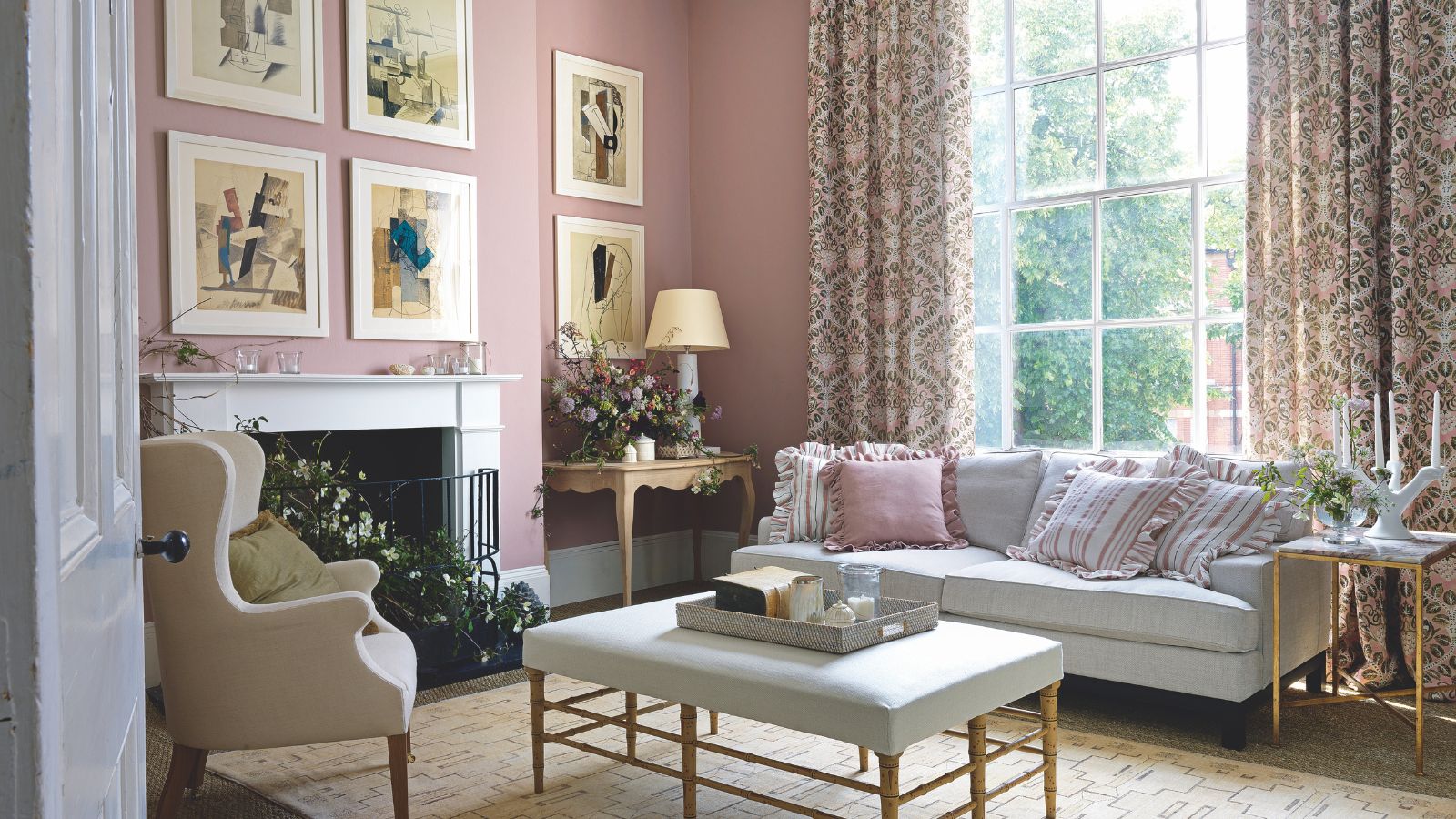 Put your 'purgatory place' and 'dust detective' in play – 6 expert tricks professional organizers use to effortlessly edit down belongings
Put your 'purgatory place' and 'dust detective' in play – 6 expert tricks professional organizers use to effortlessly edit down belongingsStress-free streamlining is entirely within sight
By Andy van Terheyden
-
 7 of the fastest growing flowers to plant in spring for early summer blooms
7 of the fastest growing flowers to plant in spring for early summer bloomsSow these seeds now and be greeted with early summer color and repeat blooms in your yard
By Jacky Parker
-
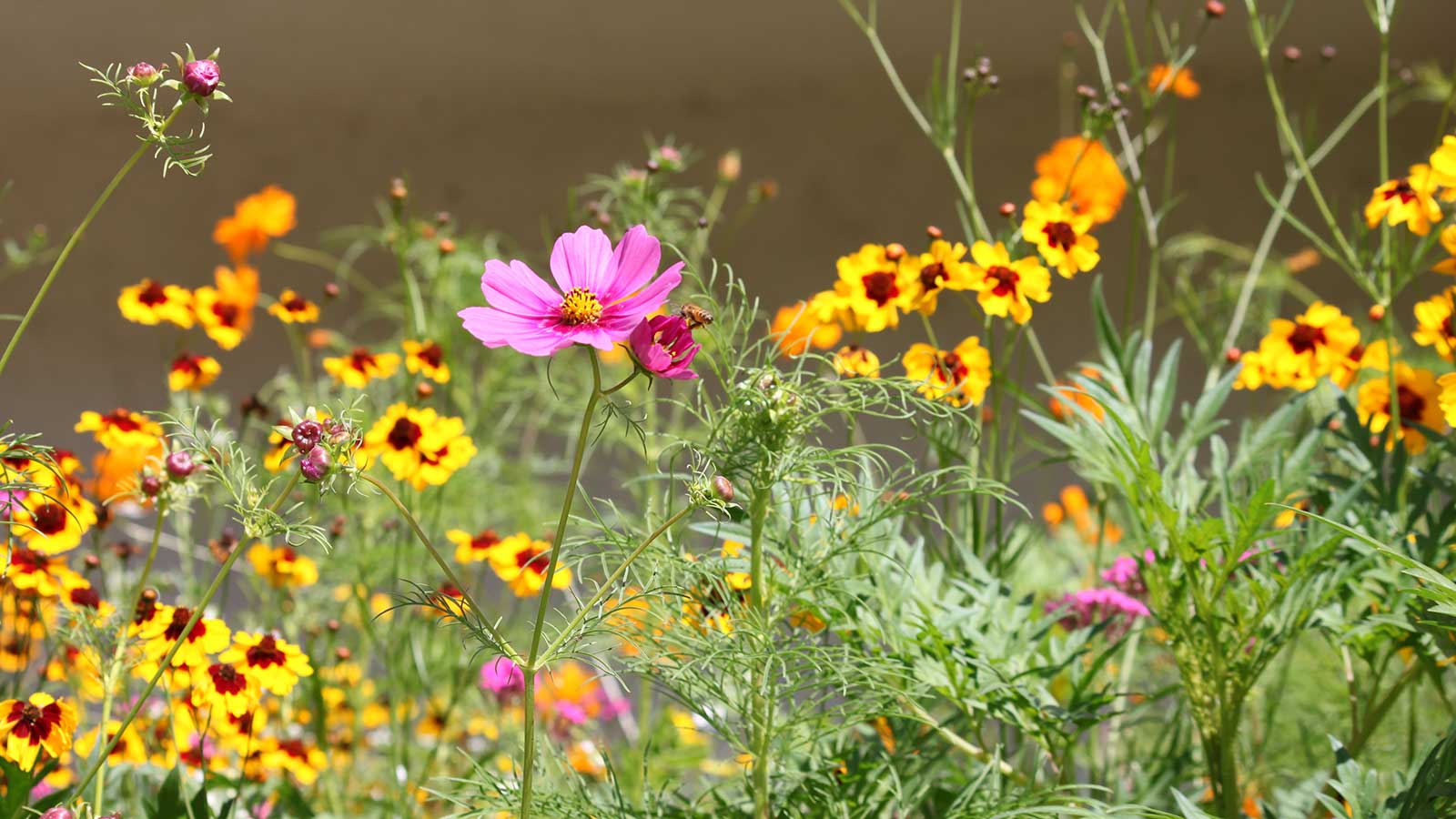 How to design a mini meadow in pots – and welcome birds, bees and butterflies to your urban wildlife garden this summer
How to design a mini meadow in pots – and welcome birds, bees and butterflies to your urban wildlife garden this summerExperts share advice on species recommendations, soil, and types of containers to use for meadow planting
By Holly Crossley
-
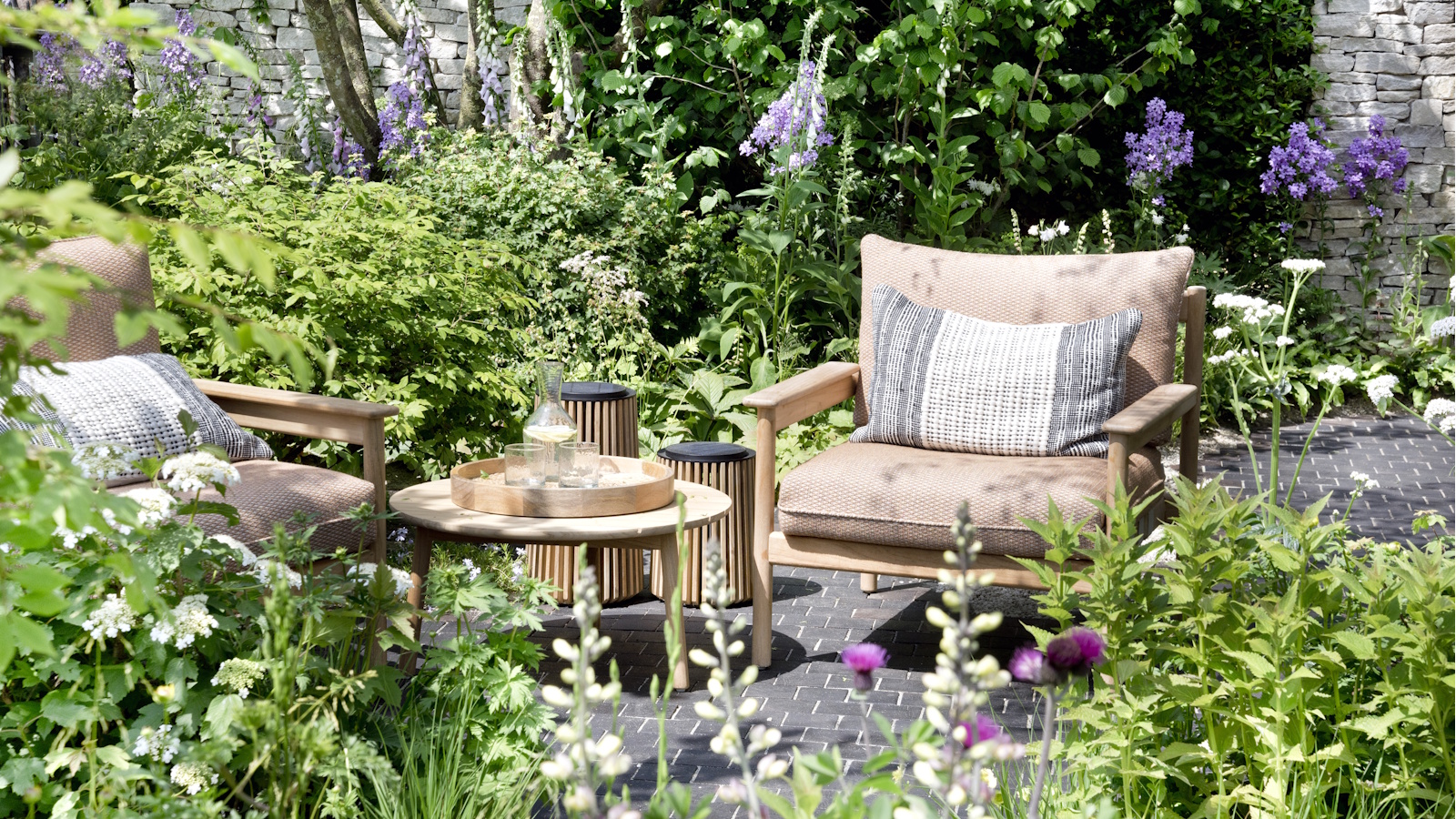 This $20 pop-up greenhouse from ALDI is perfect for small yards – it will turbocharge your tomato harvests this summer
This $20 pop-up greenhouse from ALDI is perfect for small yards – it will turbocharge your tomato harvests this summerEasy to use and compact to store, pop-up greenhouses are ideal for patio or balcony gardeners
By Thomas Rutter
-
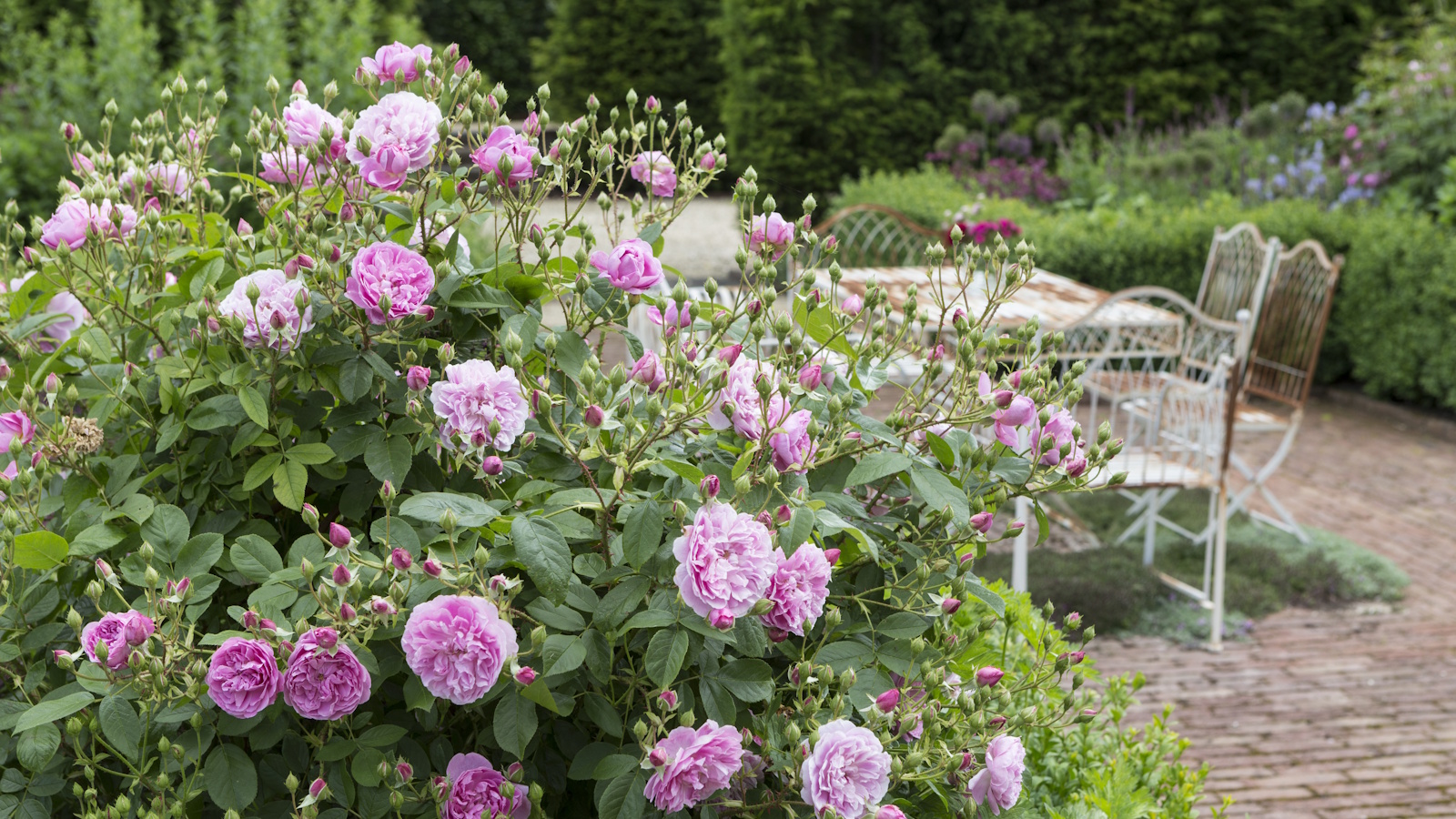 How to weed a garden quickly – professional gardeners reveal the five-minute weeding jobs to do now and get your yard summer-ready
How to weed a garden quickly – professional gardeners reveal the five-minute weeding jobs to do now and get your yard summer-readyShort on time? These time-efficient tasks will keep on top of problem plants
By Thomas Rutter
-
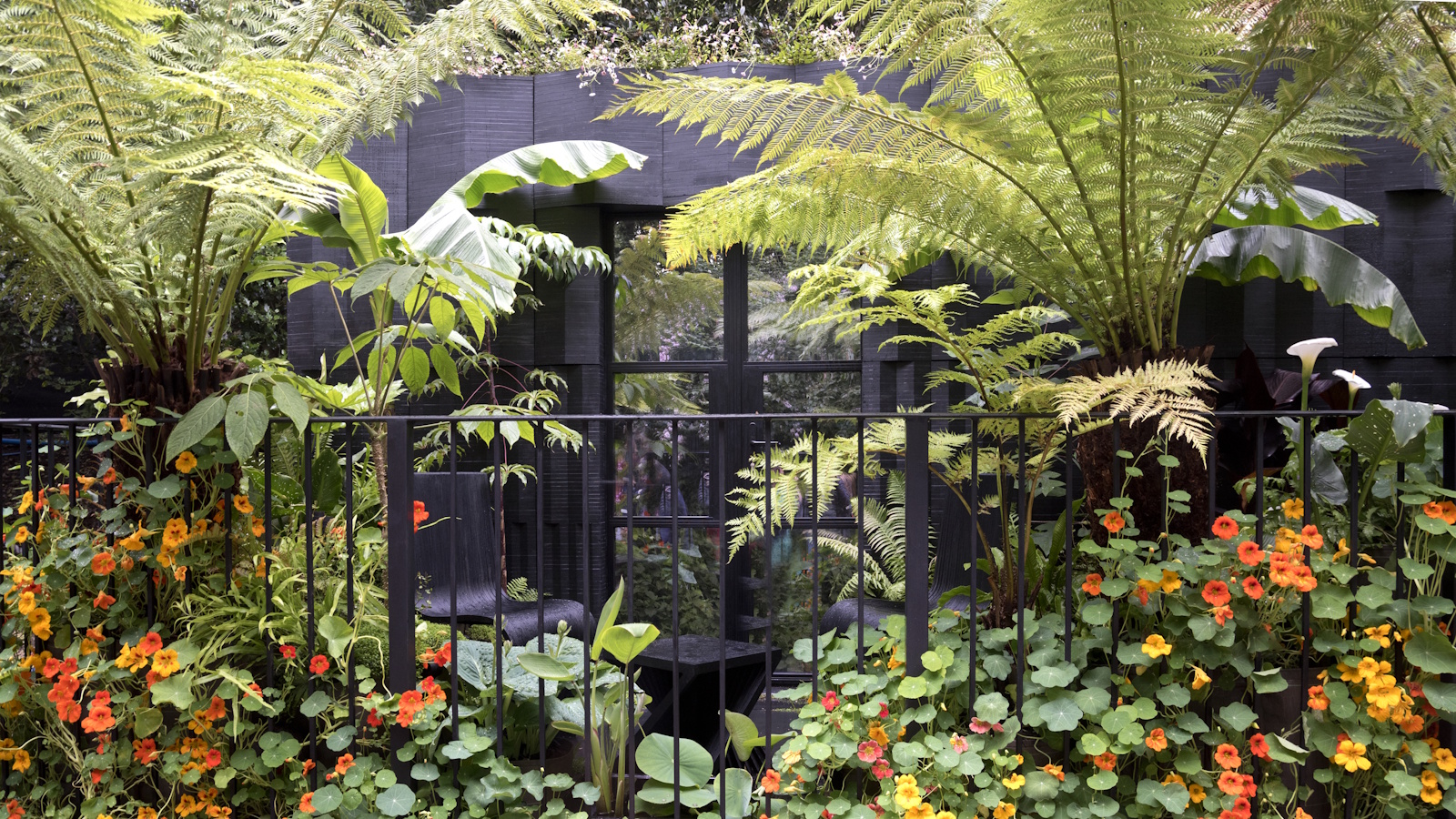 Small yard but want to grow your own crops? This wooden cold frame is 40% off at Wayfair – and it's perfect for tiny patios and apartments
Small yard but want to grow your own crops? This wooden cold frame is 40% off at Wayfair – and it's perfect for tiny patios and apartmentsCold frames are a sensible investment for any gardeners struggling for space on balconies, backyards or patios
By Thomas Rutter
-
 7 native perennials to plant in April – for glorious flowering displays to attract bees, butterflies, and hummingbirds
7 native perennials to plant in April – for glorious flowering displays to attract bees, butterflies, and hummingbirdsDiscover some of the best perennials to plant in April to make your garden a hotspot for wildlife
By Drew Swainston
-
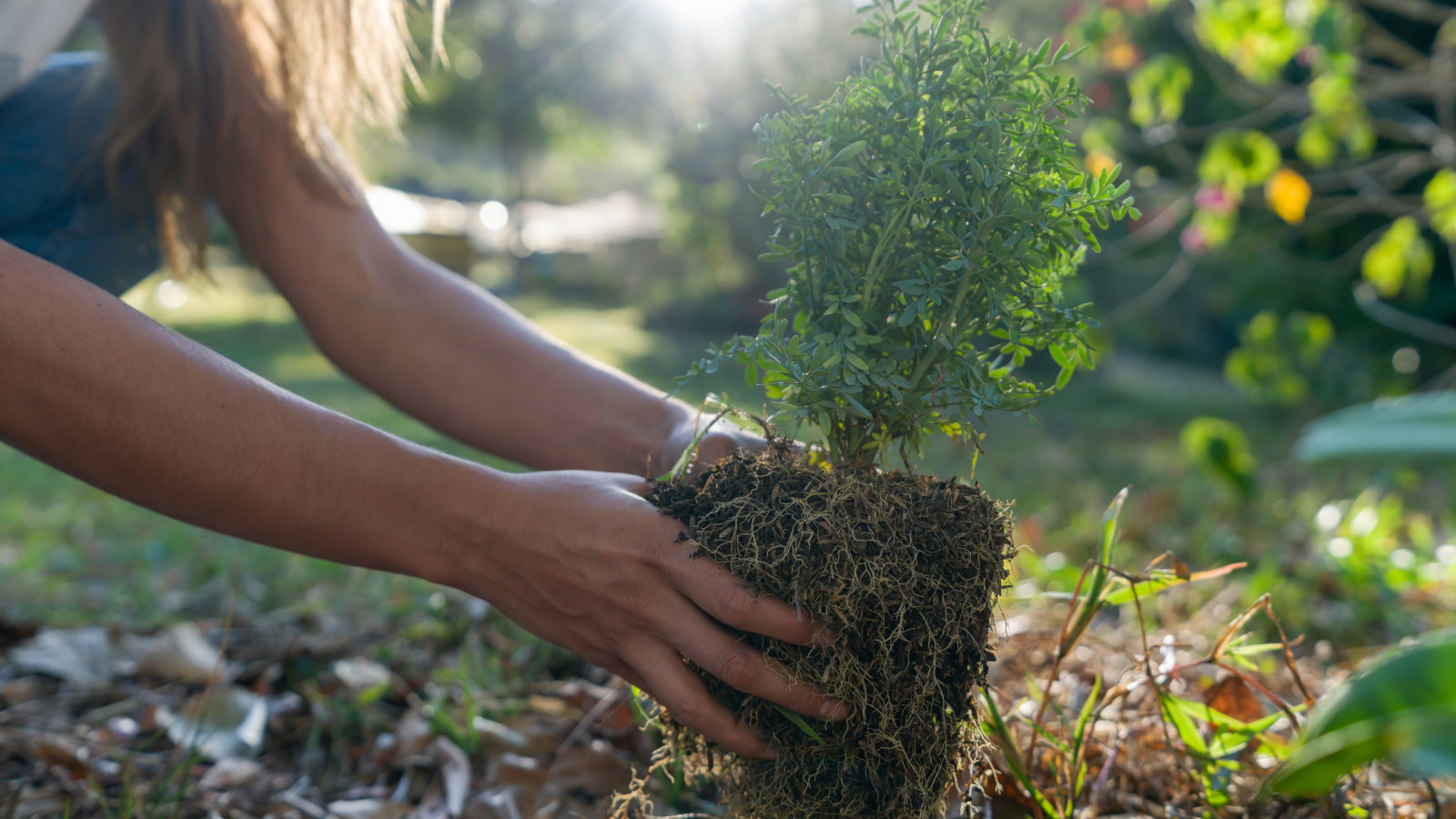 7 shrubs to plant in April to transform beds and borders – including native plants and bushes suitable for dry or wet spots
7 shrubs to plant in April to transform beds and borders – including native plants and bushes suitable for dry or wet spotsThese shrubs can bring flowers, texture, and fragrance, as well as attracting beneficial insects and birds
By Drew Swainston
-
 I'm a lawn care expert, and always do these 7 jobs in April to ensure thick, green grass all summer long
I'm a lawn care expert, and always do these 7 jobs in April to ensure thick, green grass all summer longTransform your lawn with these simple yet highly effective April lawn care tasks
By Drew Swainston